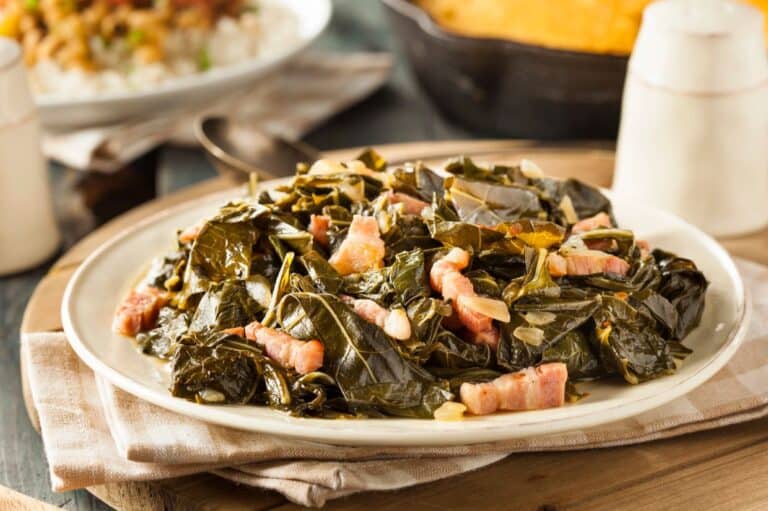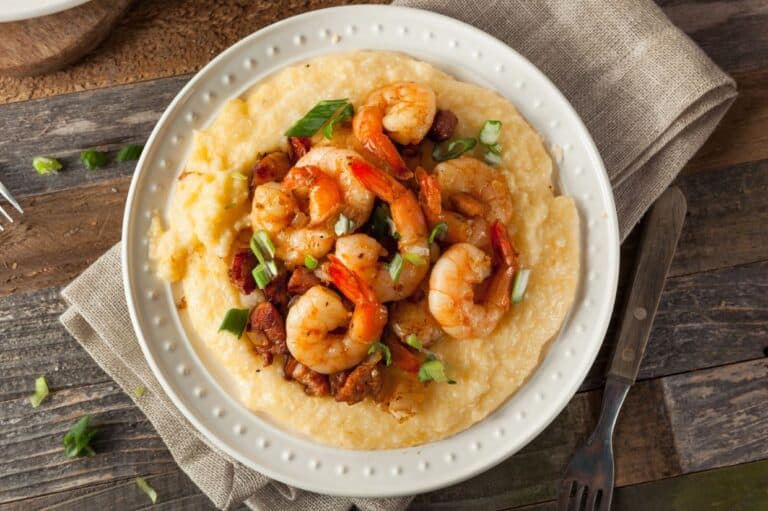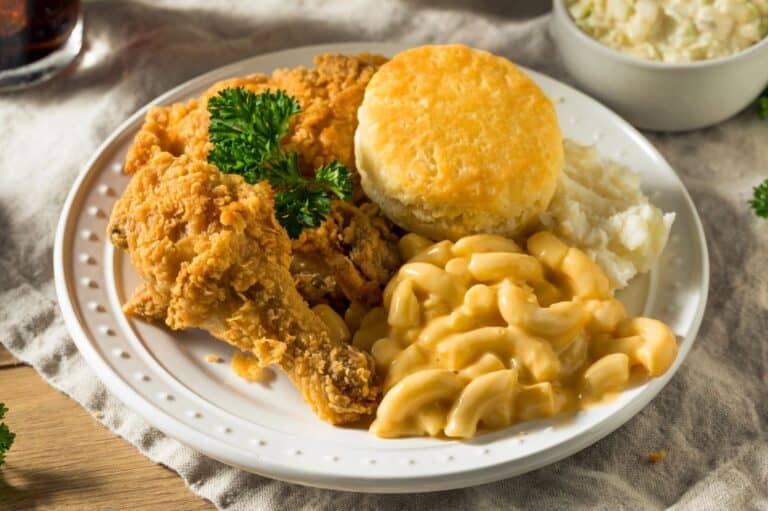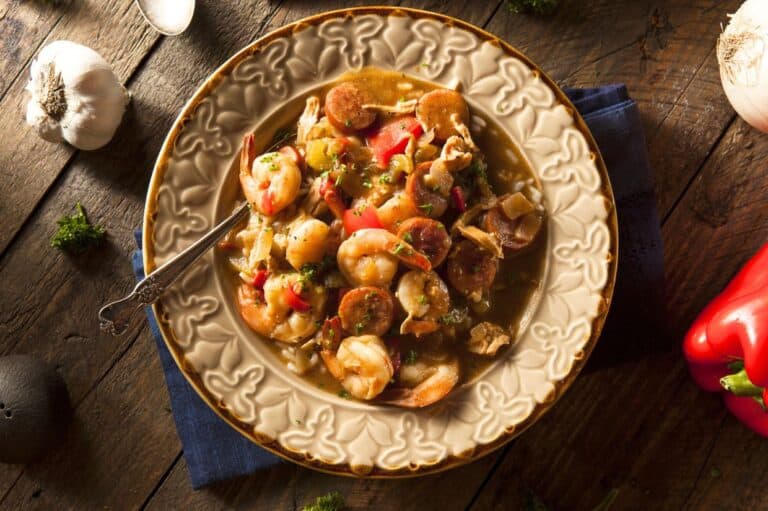In the world of comfort food, grits and polenta are renowned for their versatility and popularity. Both are derived from corn, which leads to a common misconception about their similarity. However, despite their shared core ingredient, they possess unique features and are used differently in cooking.
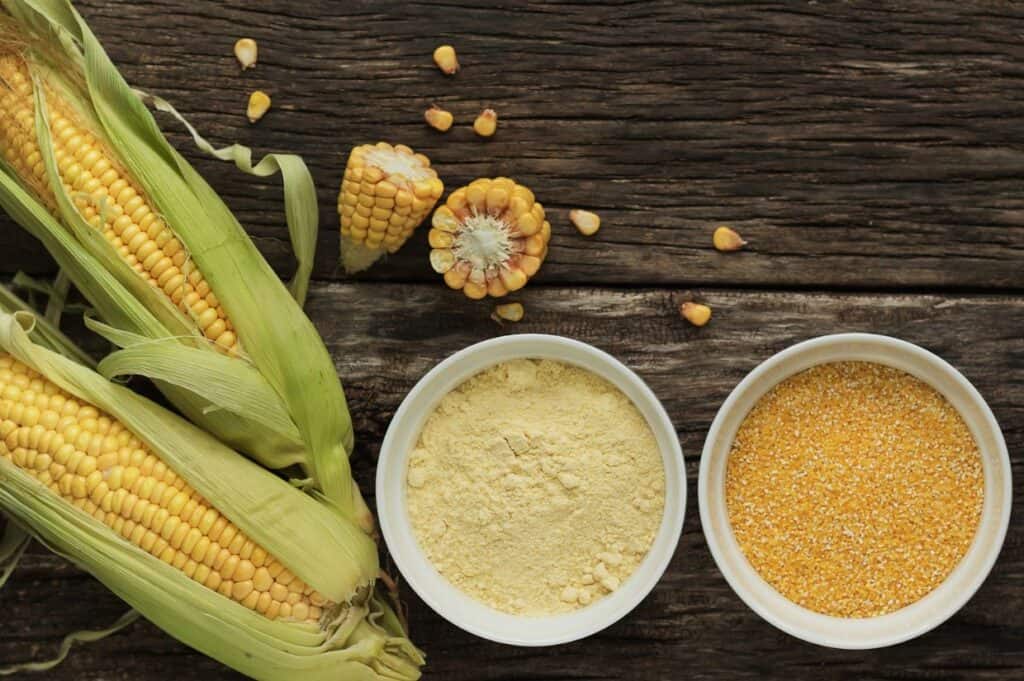
The exploration into grits and polenta uncovers why they are often perceived as similar while they actually follow distinct production processes. Despite their apparent corn-based similarities, how do these two corn-based staples differ so significantly in culinary practice?
Grits
Grits are of Native American origin and are a classic Southern American dish. They are made from hominy, which is white corn that has been treated with an alkali in a process called nixtamalization. This softens the corn and gives grits their distinct flavor.
The ground corn in grits is finer than polenta, leading to a creamier texture. Grits are commonly served for breakfast or as a side dish, often flavored with butter, cheese or gravy.
“In the Lowcountry of South Carolina, grits are like a blank canvas. You can keep them simple or fancy by tweaking how you cook them. I love using grits in my recipes because they’re not just clever and adaptable, but they also connect with everyone, from fancy restaurant chefs to beginners in the kitchen, all thanks to their unpretentious appeal.”
— Jenny DeRemer, Not Entirely Average – A Yankees Bid at Southern Eats
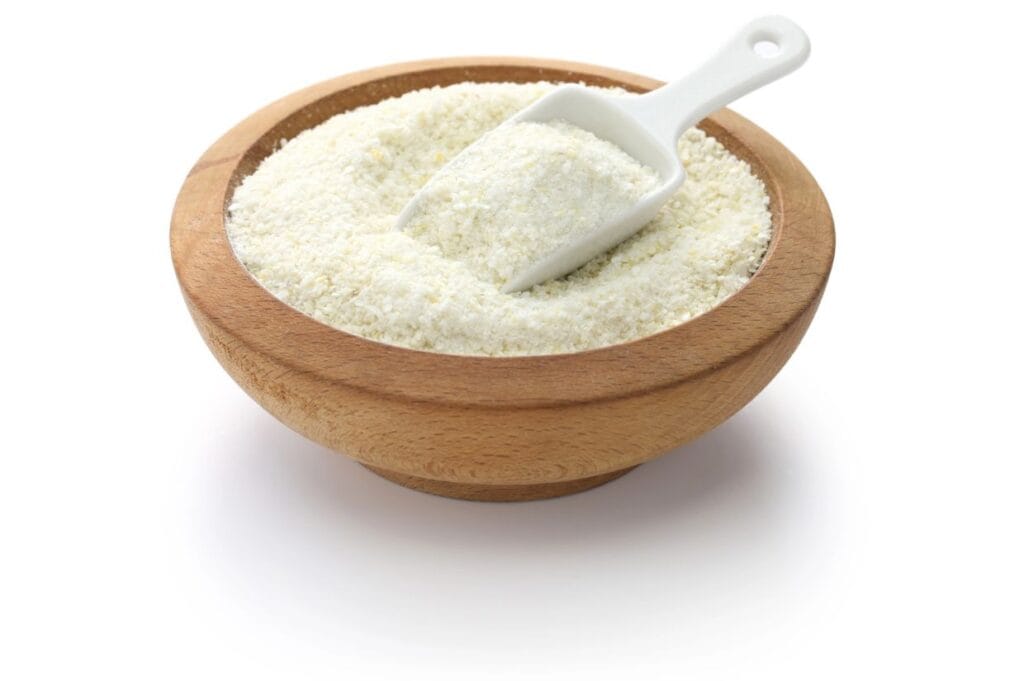
Polenta
Originating from Italy, polenta is a traditional dish made from yellow cornmeal. The corn used for polenta is typically more coarsely ground than grits, giving it a slightly granular texture.
You can cook polenta to a creamy and soft texture or allow it to cool and solidify before slicing, grilling or frying it. Its flavor depends on the corn variety, ranging from sweet to earthy. Polenta is a staple in Italian cuisine and is often used as a base under sauces and stews or served as a side dish.
“I was raised in the South where nothing quite compared to the comfort of a big bowl of buttery, cheesy grits. These days, I enjoy making toasted polenta rounds with various tasty toppings. No matter how you choose to prepare them, grits and polenta are super versatile and beyond delicious.”
— Kristen Wood, Moon and spoon and yum
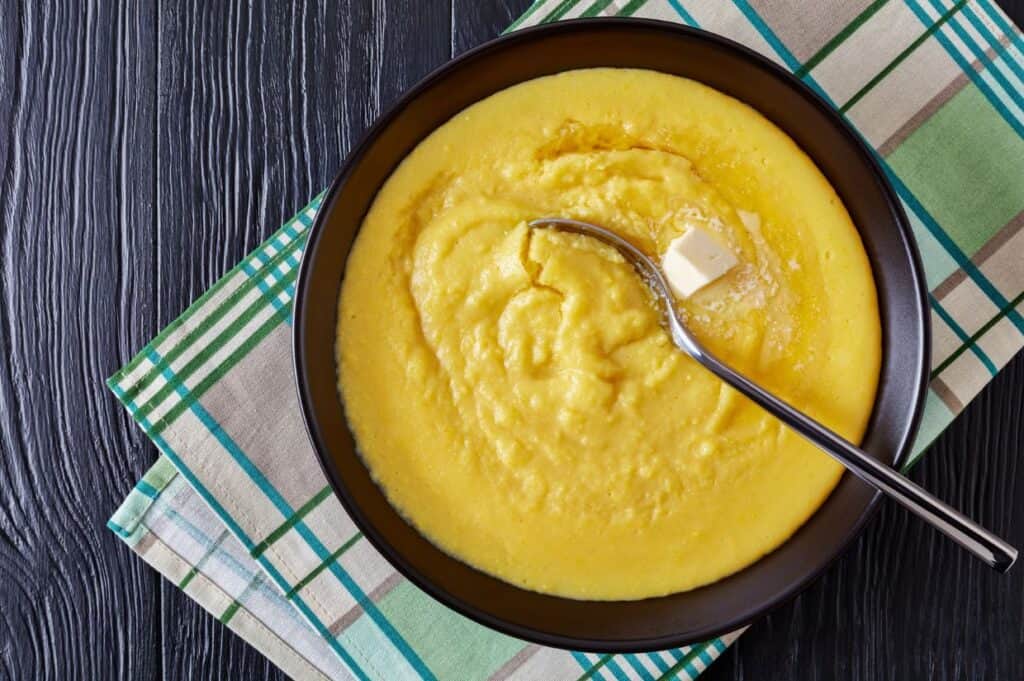
Differences between polenta and grits
The main differences between polenta and grits lie in the type of corn used, their texture and their traditional preparations. Polenta is made from yellow corn, while grits are traditionally made from white corn. Polenta’s texture is slightly coarser compared to the smoother texture of grits.
Furthermore, the flavor profiles differ. Polenta tends to have a more neutral flavor. In contrast, grits can have a more pronounced corn or hominy taste due to the processing of the corn to make grits.
Similarities
Despite their differences, polenta and grits share several similarities. Both are made from ground corn cooked together slowly with water in a heavy Dutch oven or saucepan. You can serve them firm or creamy as a side dish with butter, gravy or toppings like blackened shrimp.
Meanwhile, firmer grits or polenta preparations typically take longer because they’re cooked and poured into a pan to firm up. Afterward, they are cut into pieces and grilled or fried. They can also be served as a side dish with saucy dishes like garlic chicken, enjoyed as a stew or on their own.
They are both versatile in cooking, serving as a base for various toppings and mix-ins. Additionally, both hold significant cultural importance in their respective regions — polenta in Italy and grits in the southern United States.
In the kitchen, both grits and polenta are celebrated for their versatility. Polenta is often used in Italian cooking as a base for hearty ragus and stews or grilled in slices as a side dish for meatier dishes. Conversely, grits are a staple in Southern cuisine, frequently served with shrimp, cheese or as a creamy breakfast dish.
They’re both gluten-free as long as production takes place in a factory that does not also process gluten products. Check packaging information for confirmation.
While polenta and grits may seem interchangeable, they have unique qualities that make them distinct. Understanding these differences and similarities can enhance your culinary experiences, allowing you to choose the right ingredient for your next comforting, hearty dish. Whether you prefer the Italian elegance of polenta or the Southern charm of grits, both offer a world of flavors and textures worth exploring.
Laura Sampson of Little House Big Alaska is on a mission to teach modern family-oriented home cooks how to make old-fashioned foods new again. She shares her passion for home cooking, backyard gardening and homesteading on her website and blog.
This article originally appeared on Food Drink Life.
